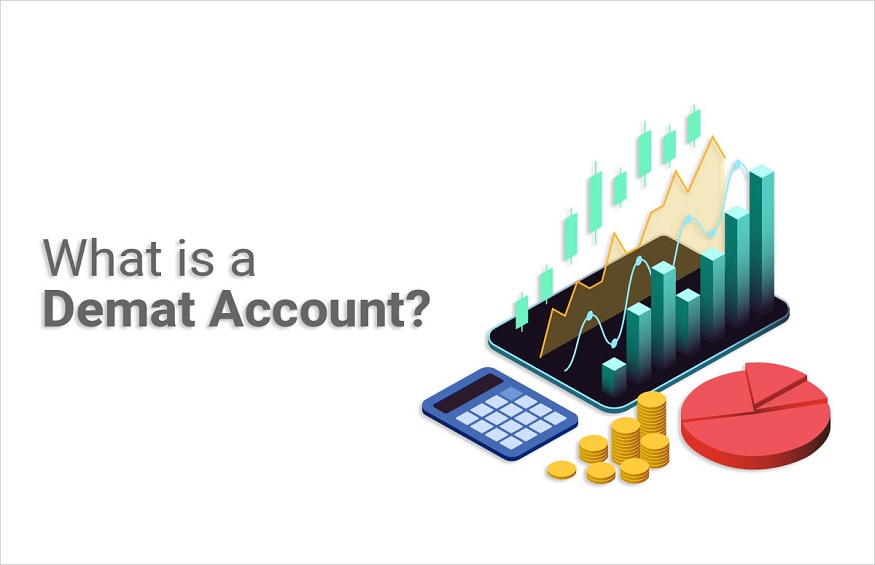Since 2017, the blockchain is often put forward as the miracle solution to all the ills of the world. At that time , the hype was at its strongest and blockchain projects were born by the thousands, driven by the phenomenon of ICOs. However, many people talk about blockchain without really understanding what it is all about. We try in this article to explain as simply as possible the blockchain, its basic principles and its operations to arrive at the most commonly accepted definition: an “immutable database”.
What is a blockchain?
Impossible to talk about crypto, miners or mining without mentioning the famous blockchain. It plays a key role in the world of virtual currencies. But the applications of the blockchain are not limited to cryptocurrency, they are much broader, since it makes it possible to trace all types of assets and products. It can thus be used by organizations and companies in many sectors: energy, finance, health, entertainment, trade… It is then used for certifications, hedge funds, traceability of food products…
Before discussing how the blockchain works , here is a reminder of its definition and all the basic information you need to know about this system.
Blockchain: definition
What is Blockchain? To summarize the blockchain in a simple and concise way, it is a virtual network allowing to store and exchange value (for example, bitcoin), without intermediary, in complete safety. All transactions are recorded there, in an unalterable manner.
Of course, the in-depth definition of this technology inseparable from cryptocurrencies is actually more complex.
What is blockchain used for?
A blockchain is a digital ledger — a ledger — that uses cryptographic methods to structure data into blocks. Each operation within a blockchain is called a transaction and is triggered by users, whether it is a simple, conditional transaction, or the call of a function in a smart-contract.
A unique digital fingerprint of each block is generated via a hash which represents all of the information it contains. This hash is copied into the block that follows it. Each block is therefore cryptographically linked to the next, hence the name “chain of blocks”.
Thus, if any piece of data is modified, the digital fingerprint of this block changes, which impacts all of the digital fingerprints of the following blocks. We therefore instantly realize that information has been modified. This brings security to cryptocurrencies, an essential element since there is no intermediary trusted third party, such as a bank, to control the transactions. A blockchain network can track transactions (orders, payments), but also accounts, crypto creation… transparently. All information recorded on the blockchain can be seen by all users.
Blockchains are therefore tamper-evident registers. This means that if information is modified, everyone realizes it. However, this does not ensure that the information cannot be modified.
To reach the level of tamper-proof, ie an immutable register where the information cannot be modified, it is then necessary to introduce more complex mechanisms in terms of consensus mechanism .
How does blockchain work?
The blockchain is much more than a database or a succession of lines of code. Within the blockchain, each transaction is recorded as a block. The miners do it. It is a chained system. Each block contains information about the transaction concerned, such as its timestamp. It is linked to the previous one and therefore to the next one, each new block reinforces the security of the previous one. They thus form a secure data chain. It is not possible to insert new blocks between two others already created.
By definition, a blockchain is part of the distributed ledger family and exists in multiple copies. The ledger is distributed between different actors who can optionally take part in the validation of transactions by adding the blocks to the blockchain in which they participate. As the ledger is shared, this ensures that transactions can only be recorded once. This prevents duplication of tasks.
In a private or consortium blockchain, all validators are known and chosen. We talk about Proof-of-Authority. This is a simple mechanism where different actors grant a high degree of trust to other actors in the network.
While this may make sense depending on the use case, this architecture has the direct consequence that a coalition between validators gives them significant power that can allow them to modify the state of the blockchain as well as the data it contains. contains without anyone being able to stop them. This may be the result of pressure from above, from a government or regulator, for example. The changes will, however, be visible to all actors who have a copy of the blockchain.Once the data is recorded in the shared ledger, no actor on the blockchain can alter it without it being visible. If an error occurs on a transaction, it cannot simply be modified. A new transaction must be created to correct it. The two transactions, the one with an error and the one used to correct it, remain visible on the blockchain.
In order to make a blockchain immutable (tamper-proof), it is absolutely necessary to introduce a mechanism which ensures that we do not know the identity of all the validators and that the cost of modifying the data in a block be as high as possible. This is the role of the Proof-of-Work or Proof-of-Stake consensus mechanisms found in public blockchains.




